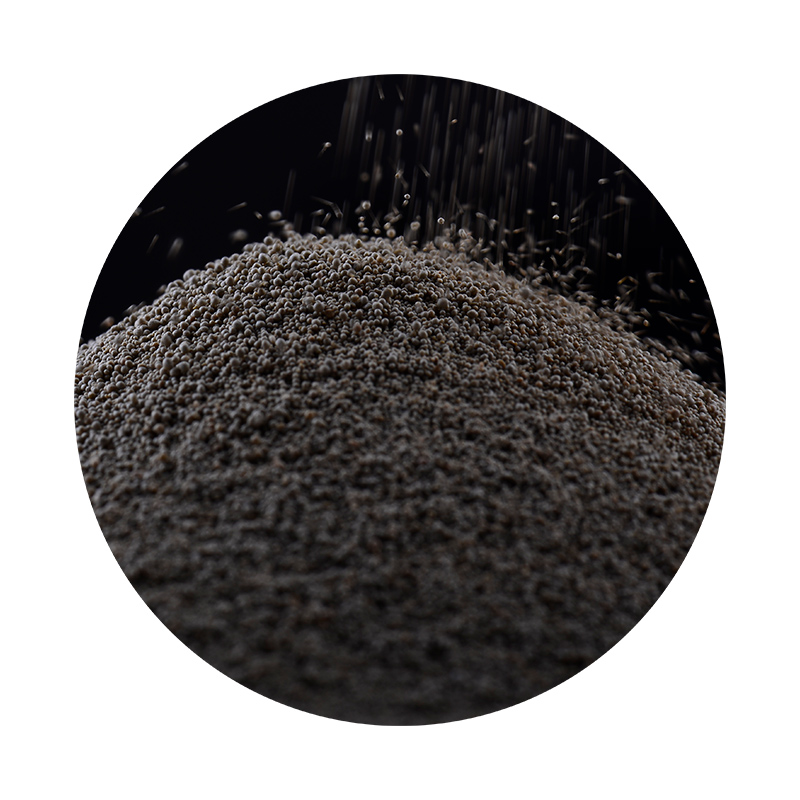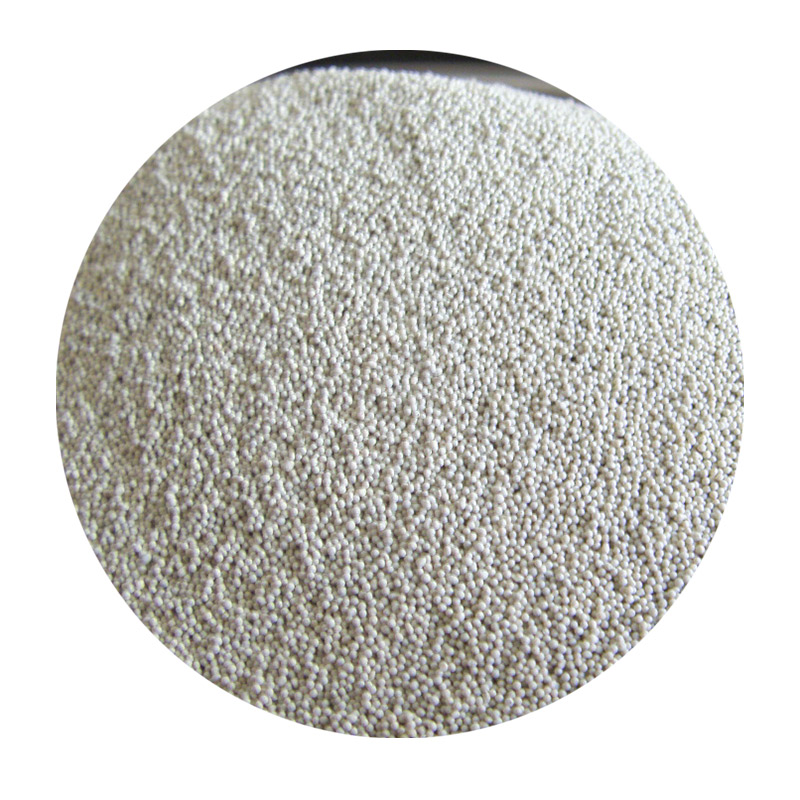

The authority of sand casting within the manufacturing industry cannot be overstated. It is consistently favored for its adaptability to different metals, including ferrous and non-ferrous alloys. This versatility makes it an authoritative choice for manufacturing a vast array of products, from simple gears to sophisticated engine blocks. The process's ability to handle various metals without significant alterations is a testament to its fundamental design and operation, positioning it as an invaluable tool in a manufacturer’s repertoire. Credibility in sand casting is assured through rigorous quality control measures. Modern foundries employ advanced technologies such as computer-aided design (CAD) and computer-aided engineering (CAE) to simulate the casting process before actual production. This foresight allows engineers to predict potential issues and make necessary adjustments, reinforcing trust in the process's reliability. Moreover, non-destructive testing methods, such as X-ray and ultrasonic inspection, ensure that each casting meets the required specifications and safety standards before deployment, further bolstering confidence in the products produced. In conclusion, sand casting continues to demonstrate its enduring value and indispensability across multiple industries. Its capacity to produce complex shapes economically and efficiently, combined with the skill and expertise of the professionals involved, underscores a process both deeply traditional and continually evolving. The authority and trust it commands within the manufacturing sphere are grounded in a proven track record of delivering quality components tailored to the specific needs of various applications. As advancements in materials and technologies continue to emerge, sand casting's adaptability will ensure its relevance well into the future, providing manufacturers with reliable, cost-effective solutions for component production. Post time:თებ . 15, 2025 09:24
Next:sand casting components
